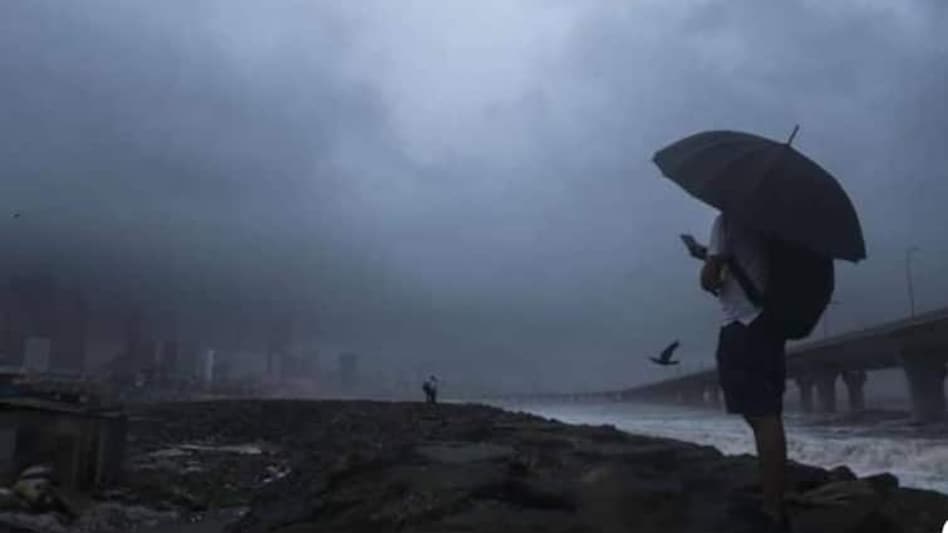 Maharashtra, which endured extreme weather for 142 days, accounted for over 60% of the total crop damage in the country, followed by Madhya Pradesh, which lost 25,170 hectares of crops.
Maharashtra, which endured extreme weather for 142 days, accounted for over 60% of the total crop damage in the country, followed by Madhya Pradesh, which lost 25,170 hectares of crops.  Maharashtra, which endured extreme weather for 142 days, accounted for over 60% of the total crop damage in the country, followed by Madhya Pradesh, which lost 25,170 hectares of crops.
Maharashtra, which endured extreme weather for 142 days, accounted for over 60% of the total crop damage in the country, followed by Madhya Pradesh, which lost 25,170 hectares of crops. India experienced extreme weather on 93% of the days during the first nine months of 2024 — 255 out of 274 days — according to the Centre for Science and Environment’s (CSE) annual report on extreme weather.
The events, which included heatwaves, cold spells, cyclones, lightning, heavy rains, floods, and landslides, claimed 3,238 lives, affected 3.2 million hectares of crops, destroyed 235,862 homes and buildings, and killed around 9,457 livestock.
Among the states, Madhya Pradesh recorded the most extreme weather days, experiencing extreme conditions on 176 days. Kerala saw the highest number of fatalities, with 550 deaths, followed by Madhya Pradesh (353) and Assam (256). Andhra Pradesh suffered the most property damage, with 85,806 houses destroyed. Maharashtra, which endured extreme weather for 142 days, accounted for over 60% of the total crop damage in the country, followed by Madhya Pradesh, which lost 25,170 hectares of crops.
This year also set new climate records. January was the ninth driest on record since 1901, while February recorded the second-highest minimum temperature in 123 years. May marked the fourth-highest mean temperature ever recorded, and July, August and September all saw their highest minimum temperatures since records began in 1901.
Over the past nine months, the country faced a range of extreme weather events from lightning storms across 32 states, which resulted in 1,021 deaths to devastating monsoon floods. Particularly, Assam was hit hard with heavy rains, floods and landslides occurring on 122 days leaving large areas submerged and communities in ruins. Nationwide, floods caused 1,376 deaths.
“These record-breaking statistics are a direct reflection of climate change, where once-in-a-century events are now happening every five years, or even more frequently,” said Sunita Narain, Director General of CSE and editor of ‘Down To Earth’. “This increased frequency of extreme weather is overwhelming vulnerable populations, who lack the resources to cope with such a relentless cycle of destruction.”
The report also highlights significant regional disparities. Central India faced the highest frequency of extreme events with 218 days affected, followed by the Northwest with 213 days. In terms of fatalities, Central India led with 1,001 deaths, followed by the Southern Peninsula (762), the East and Northeast (741), and the Northwest (734).
CSE researchers stress that the findings point to a need for a fundamental shift in how we approach extreme weather events, emphasising the importance of risk reduction and resilience-building over disaster response alone.
For instance, flood management requires more than just theoretical plans — it demands the development of drainage systems, water recharge infrastructure, and green spaces to act as natural reservoirs, helping communities better withstand future storms.